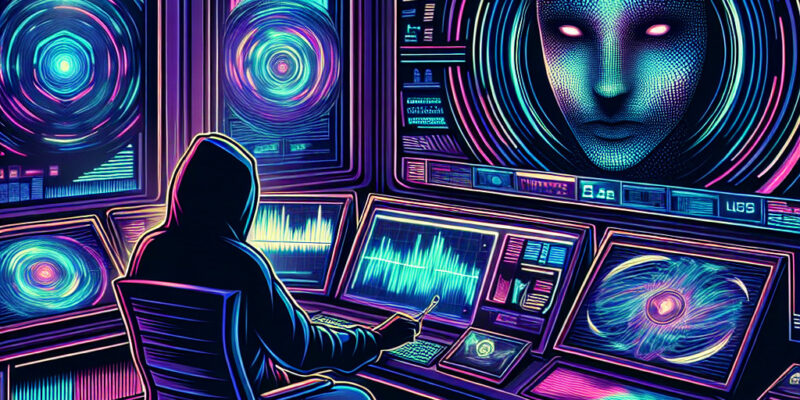Sora 2: New AI Deepfake Master Sparks Safety Concerns

In recent years, the world has marveled at the sophisticated capabilities of artificial intelligence, from revolutionizing industries to transforming the mundane into extraordinary. Yet, amid the excitement, there are voices of concern, notably regarding the ethical dimensions and potential misuse of AI technologies. A case in point is the emergence of Sora 2, a groundbreaking AI tool that has spurred discussions due to its ability to generate astonishingly realistic deepfake videos. These videos, while technically impressive, pose significant challenges in terms of misinformation and ethical governance.
To fully grasp the significance of Sora 2’s capabilities, it’s essential to understand what deepfakes entail. These are videos where the original content has been digitally altered to replace a person’s face or voice with someone else’s, making the fabricated clip appear authentic. It’s akin to a digital puppet show, where the puppeteer remains unseen but creates a believable performance using sophisticated AI techniques. Deepfakes have previously been associated predominately with entertainment and novelty uses, sometimes even used for humorous effect. However, their potential for misuse is vast and worrisome, stretching from damaging reputations with false impersonations to potentially influencing political events by spreading misinformation.
Sora 2, the latest innovation in this realm, has taken the precision and ease of creating deepfake content to a new level. Unlike its predecessors that required extensive technical prowess and computing resources, Sora 2 is designed with user-friendliness in mind. Its intuitive interface and powerful algorithms make it accessible to a broader audience, possibly even to those without a technical background. This advancement, while remarkable, has sparked concern among researchers who fear that such power in the wrong hands could lead to an upsurge in deceptive practices and societal discord.
The scrutiny surrounding Sora 2 revolves around its safety measures—or perceived lack thereof. Critics argue that as AI technology becomes more seamless and user-friendly, it is paramount to enforce stringent controls to prevent misuse. Without robust ethical guidelines and oversight, the line between authentic and fabricated content could blur beyond recognition, leaving audiences unable to trust the media they consume. This scenario poses a real threat in an age where misinformation can travel faster and wider than ever before.
In contemplating the implications of technologies like Sora 2, the discussion inevitably turns to how society might harness these tools for good while minimizing harm. Could there be pathways to ensure that such innovations contribute positively, perhaps in fields like education, virtual reality, or digital preservation? And how can individuals be better equipped to discern the authenticity of the information they encounter?
As AI continues to evolve, developing frameworks that balance innovation with ethical responsibility is crucial. Engaging diverse groups—from tech developers and policymakers to educators and the public—is vital to fostering a comprehensive approach that considers various perspectives and values. It’s a complex challenge, one that doesn’t promise simple solutions but requires ongoing dialogue and collaborative effort.
Reflecting on the current state of AI and the emergence of tools like Sora 2, one can’t help but ponder the duality of technological progress. It seems that each step forward brings with it both potential and peril, demanding that we tread wisely. As we move deeper into this digital age, the question remains: how will we shape the tools we’ve created, and in turn, how will they shape us?













